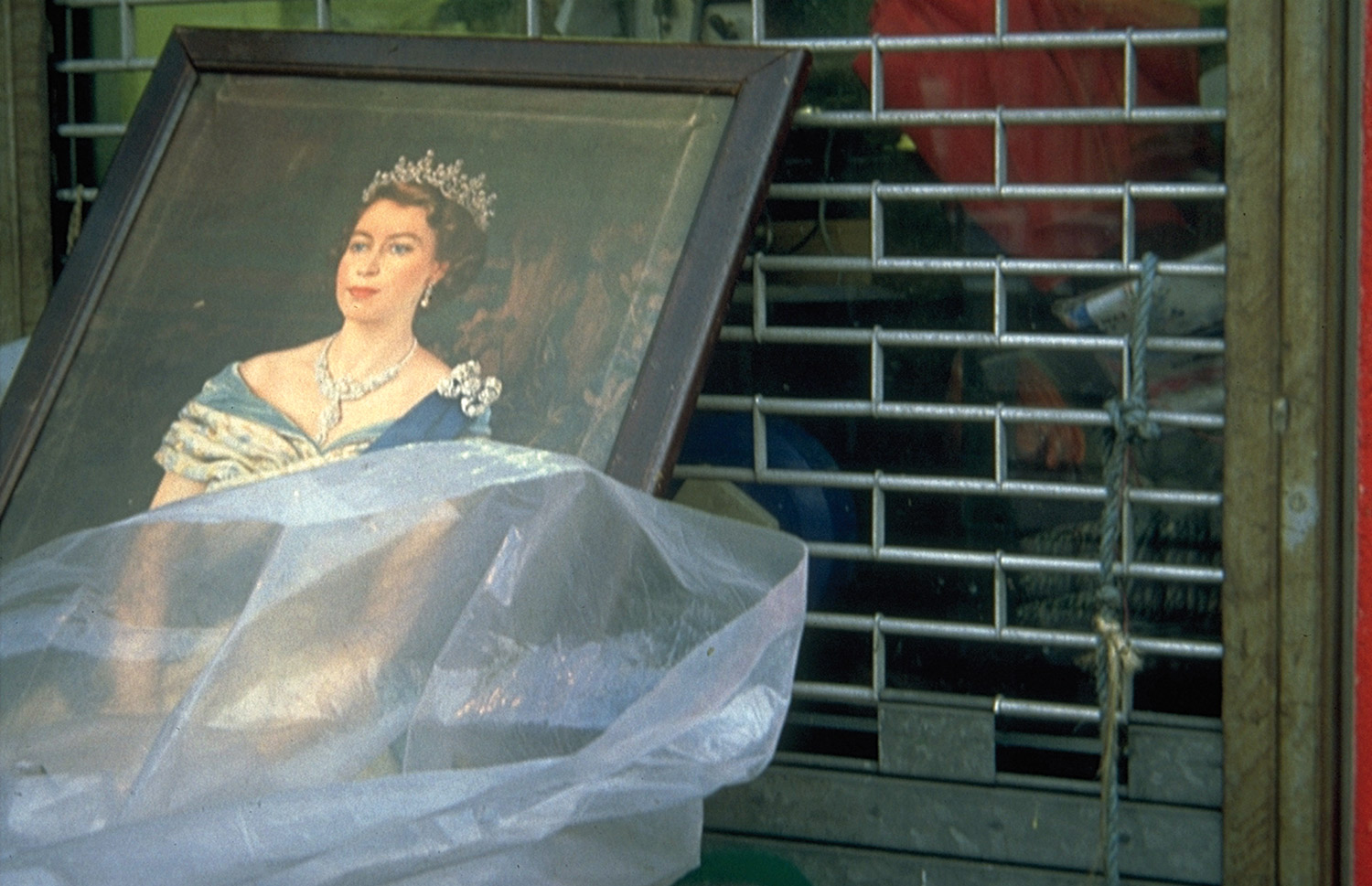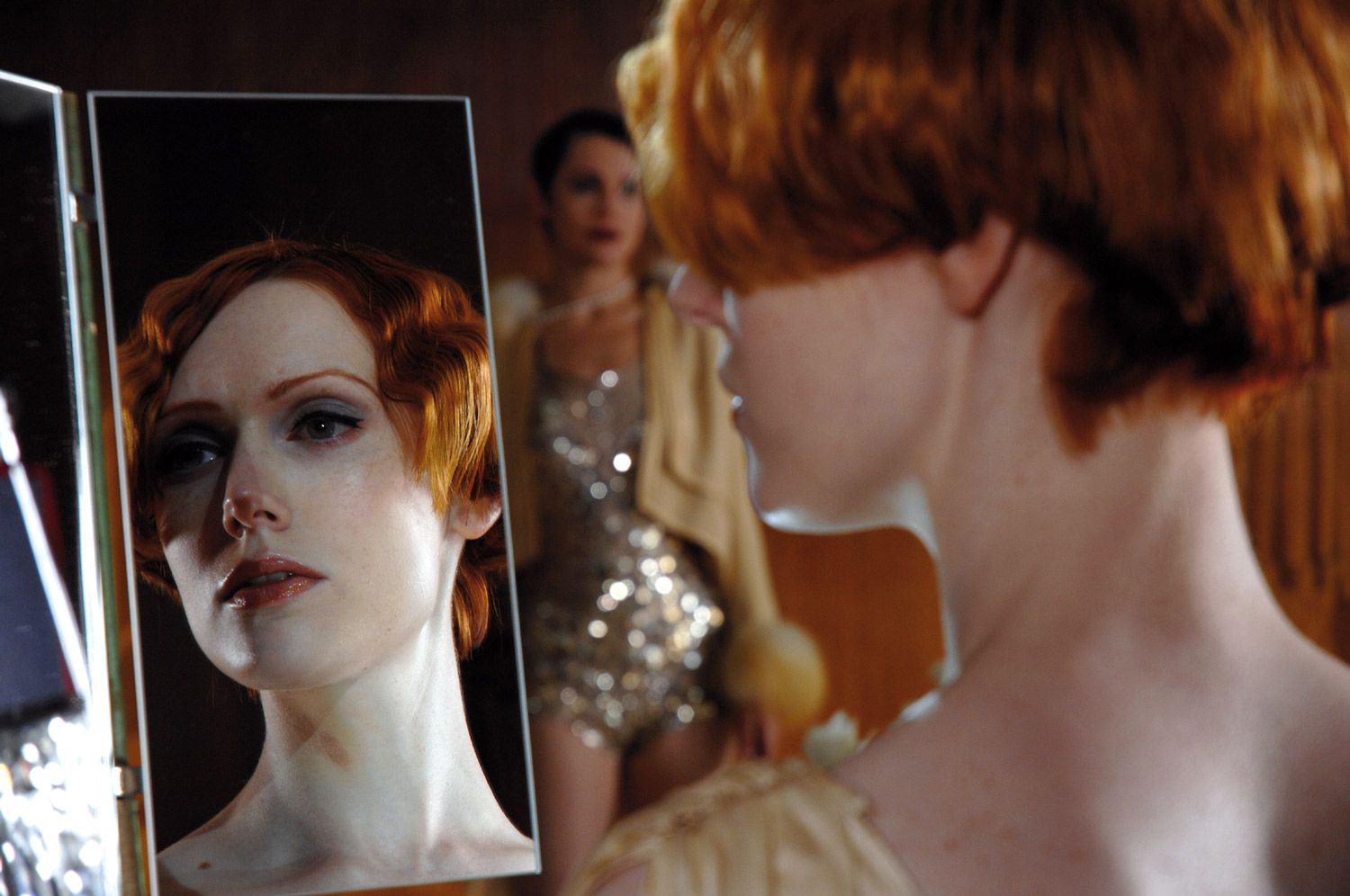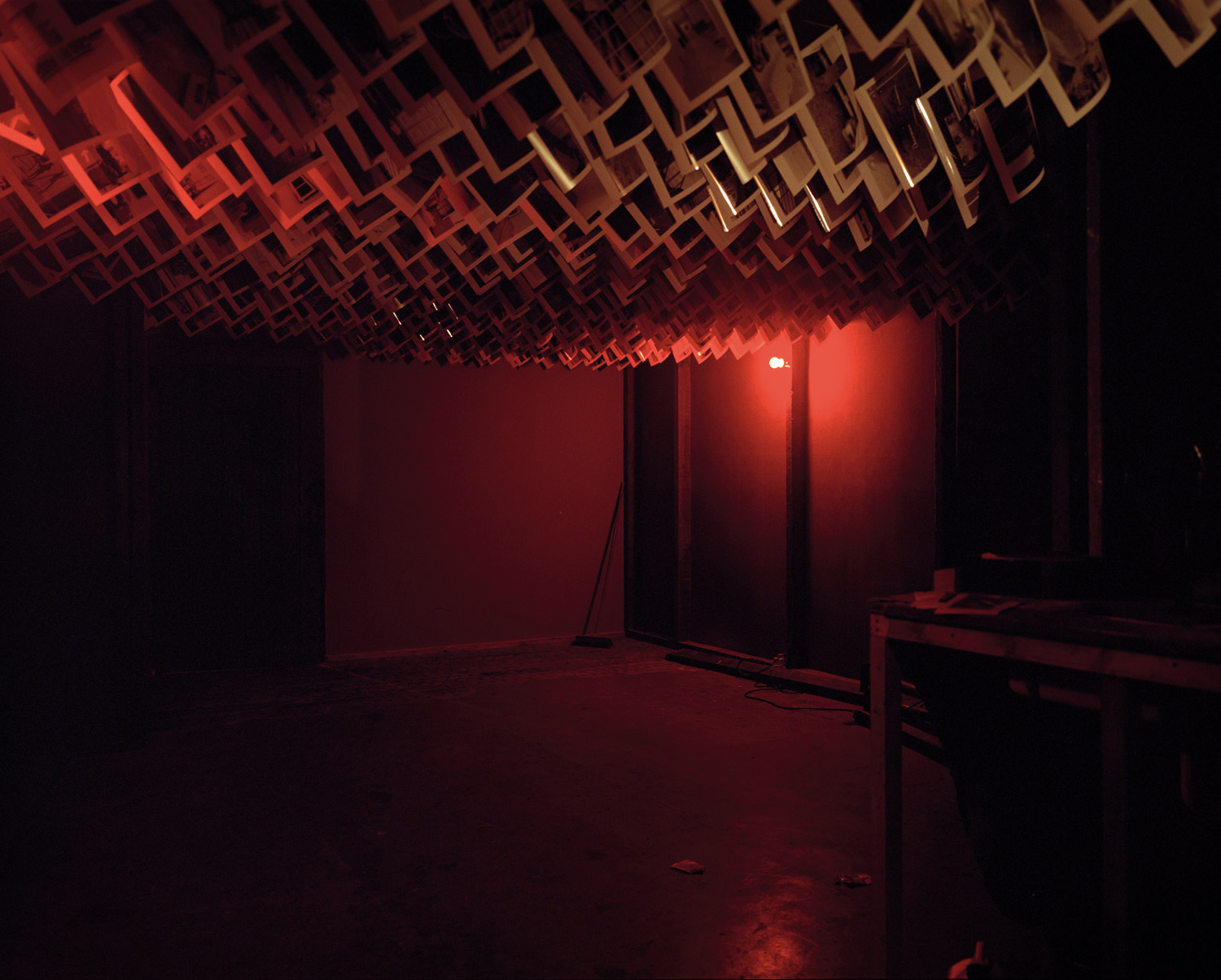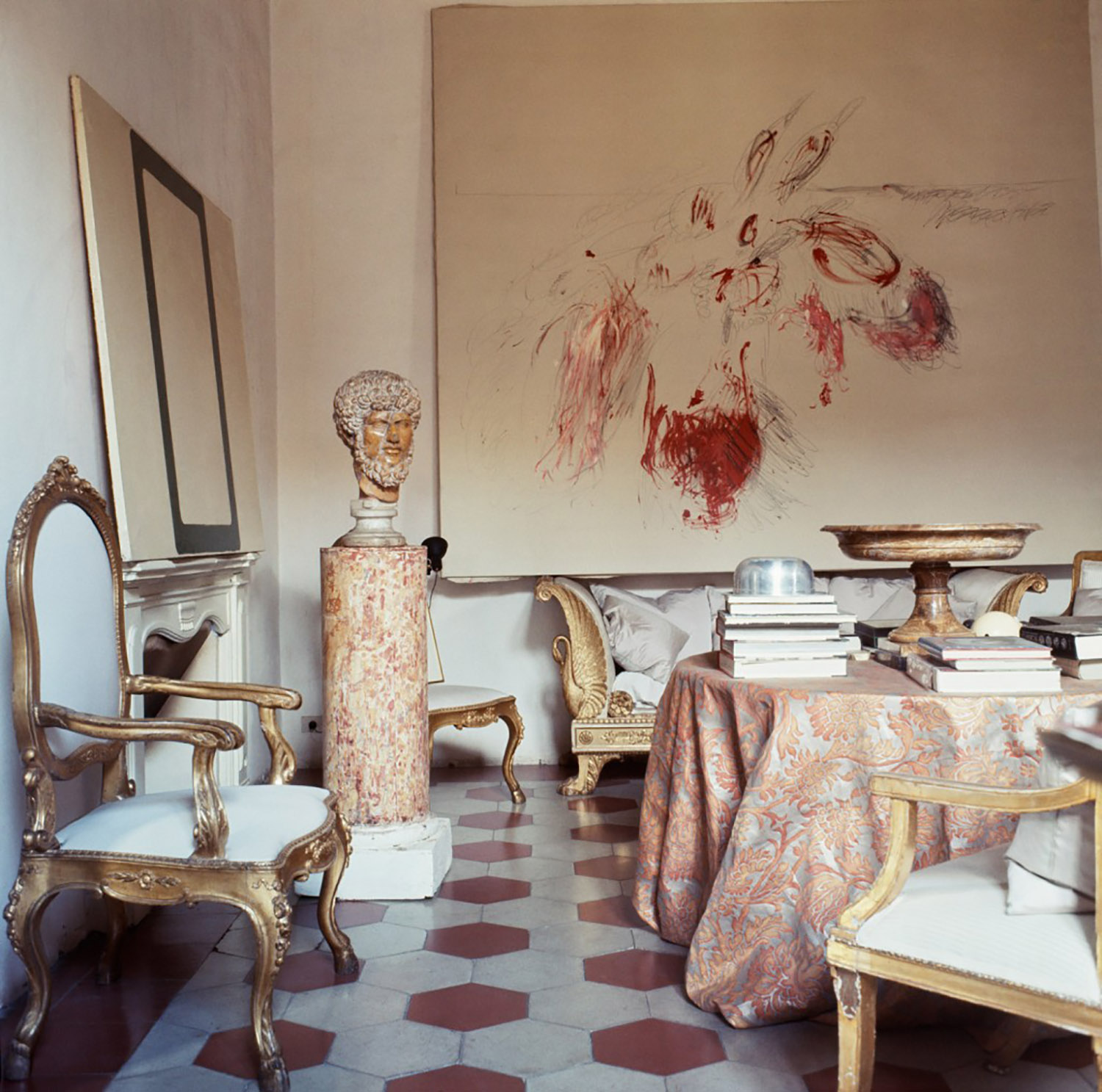
A young actress from an obscure ’80s Soviet film is sought out by an adoring fan club of Danish teenage punks. A ceremony in honor of a famous movie director morphs into his courtroom interrogation about alleged acts of treason. A time-traveling parachutist lies facedown in the snow on a Lower East Side rooftop while borscht and vodka is served to onlookers. These are a few of the outlandish, narrative situations set up by New York-based artist Bozidar Brazda in his mixed media installations and performances which investigate the visual and linguistic intersections between the remnants of Cold War antagonisms, the soft socialisms of Canada and Europe, and the consumerist culture of the global marketplace.
By examining the latent meanings in where and how people gather, the objects within these spaces, and the information people create and put out in the world, Brazda explores the dynamics of these political and economic histories and relationships, and the place of the individual faced with various kinds of political hegemony today. The roots of this focus may in part be biographical: Brazda was born in Canada to Slovakian parents who had emigrated from behind the Iron Curtain. As a teenager, he was drawn to the punk rock scene, and from its anti-establishment and anarchist rhetoric, Brazda further developed a keen ability to tease out the ideologies embedded in the mundane situations and object relations in everyday life. And while the punk references still come through directly in his loosely rendered watercolors, which reproduce DIY concert posters or snapshots of hardcore music shows, Brazda has returned repeatedly to domestic furniture in general, and to the table, in particular, as both key sculptural elements and rich metaphorical sources in his work. In his installation Politics (2006), for example, an extended, narrow table in plain, unvarnished wood diagonally divides a long, rectangular space. With piles of DVDs as one might find in a small-time, underground operation or factory at one end and, at the other end, an odd arrangement of bric-a-brac vases holding flowerless branches, a suggestive yet murky dynamic is established which juxtaposes the logic of the black market and middlebrow bourgeois taste. In this and many of his other works, Brazda has ‘censored’ or removed key elements of the initial narrative, and the viewer is left to connect the dots and examine the latent meanings in the available visual clues. By returning to these strategies of censorship and exploiting the numerous, allegorical capabilities of ubiquitous items often taken for granted, Brazda’s work obliquely addresses how various political systems affect both personal and industrial modes of distribution, consumption and communication from a very contemporary position of conflicted dissidence.





